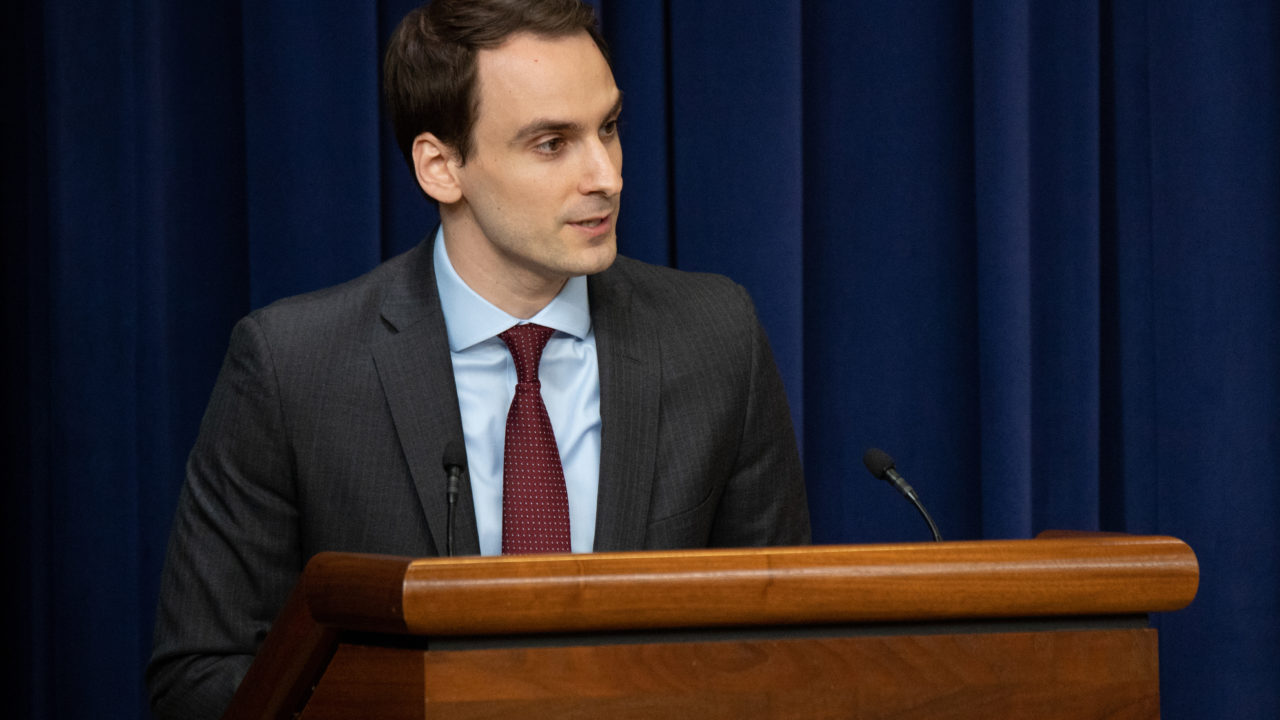
Trump Administration Announces $1 Billion in AI and Research Institutes Nationwide
By: Noah Vehafric
The Whitehouse announced last week a new initiative to commit $1 billion towards research of emerging technologies like 5G, artificial intelligence, and quantum information science (QIS), with the goal of “ensuring American leadership in the future… for technologies that will shape our economy and security for years to come.”
The award money is sourced from both government and private sector stakeholders such as Microsoft and IBM. The money will establish 12 new research centers at various colleges and universities around country. The administration says that such investments will “accelerate discovery, innovation, and promote job creation and workforce development.”
A goal of the new institutes will be to conduct early research into areas where the private sector may be less likely to invest in, but what the administration finds to be important to the nation’s competitive advantage. Such areas could be precision agriculture, weather forecasting, and the manufacturing of bioactive compounds.
These investments come at a time where economic and technological competition with China is coming to a head. While IP theft is contributing to China’s progress in these technologies, the Chinese government is also expected to spend close to $70 billion dollars on AI development in 2020 alone.
While this initiative may seem meager in comparison to Chinese investments, these investments amount to a 30% increase in non-defense spending for AI and quantum information science. This does not even consider private sector investment. The White House stated these awards are only just a part of a larger R&D and investment strategy into these fields.
America has consistently been a leader in the development of new technologies from the lightbulb, to spaceflight, cellphones, medical imaging and beyond. Keeping America at the forefront of technology development will put the prosperity and security of the American people first.
Photo Credit: NASA HQ PHOTO; Nancy Xu